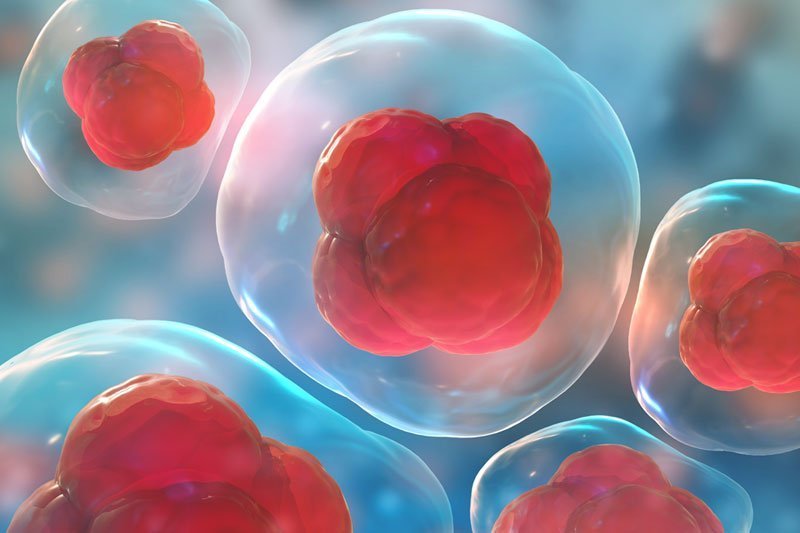5 Ways Stem Cell Therapy is Changing the Medical World
Stem cell research has been an exciting and growing topic of interest for quite some time now. Doctors have seen many benefits of stem cells in medicine and believe they can be a revolutionary idea for the future of medicine. Stem cells are changing the medical world in a lot of ways. And if you’re wondering what some of them are, just keep reading!
Usage for Testing Drugs
Even though the pharmaceutical world has blessed us all with plenty of life-saving drugs, there’s one ugly side to it. Many medicines for humans are initially tested on animals. And these can have permanently damaging physical or mental effects on those poor creatures.
However, thanks to stem cells, drug testing can be done without animals. A wide variety of drugs show similar results on stem cells as they would in an animal. That is why researchers are actively using differentiated stem cells to try out new drugs.

Quicker and more efficient cancer treatments
Treating cancer is grueling. Despite advancements in medicine, the disease remains the second leading cause of death across the world. But with stem cell therapy, treating it has become quicker and far more efficient than before.
After completing chemo and radiation, the cancer patient can receive stem cell therapy to boost recovery. Both embryonic stem cells and bone marrow aspiration are helpful in conditions like leukemia and other such cancers. But cancer isn’t the only disease that stem cells can treat. Several other serious conditions like orthopedic pain can be treated with stem cell therapy. If you’re wondering what else can stem cells be used for, check out Giostar Chicago’s website.
Regenerating properties of stem cells
Stem cells’ regenerative properties can be used for countless treatments and transplants. The stem cells use the body’s own cells to regenerate tissues. This means that they are nothing like organ transplants and are proving to be extremely effective.
At Johns Hopkins University, stem cells have successfully been used to replace damaged livers. As the research progresses, stem cells may be able to repair other damaged organs as well. Their regenerating potential is being explored for limb regeneration too.
Fighting chronic and genetic diseases
Genetic diseases such as ALS, Alzheimer’s, and Parkinson’s are often incurable. But the damage they inflict can be reduced dramatically with stem cell therapy. Since stem cell therapy focuses on the regeneration of healthy cells, it can prevent nerve degeneration and damage caused by such diseases.
Moreover, the problems induced by conditions like diabetes, strokes, etc., can also be managed quite well with stem cell therapy. Some research has also demonstrated stem cells’ effectiveness in treating diseases and deformities incurred in the womb.

Alternative to Surgery and Its Side Effects
Stem cells can be used to treat a range of conditions, including cancer, myelofibrosis, tuberculosis, etc. Many of these diseases would otherwise require surgery, and stem cells are a healthy alternative to that.
Surgery comes with a lot of pain, hassle, and sometimes even complications. Furthermore, the patient requires plenty of recovery time after an operation. But stem cell therapy is not like surgery at all. It has minimal recovery time, very few side effects, and is minimally invasive.
Conclusion
Even though stem cells are taking the medical world by storm, there is still room for more development and research. But if you know someone with a complicated medical condition such as cancer or a genetic disorder, asking them to consider stem cell therapy might be good.
